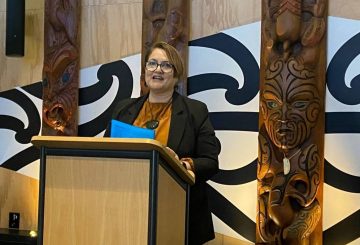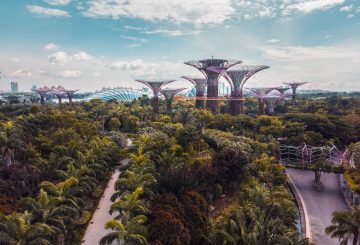Secondary school teachers will stop teaching different year levels of students on certain days as their industrial action continues.
A new school term begins on Monday with secondary teachers set to take more industrial action in support of their collective agreement negotiations.
“We would much prefer to be beginning the term in a settled environment but after 11 months of negotiations we haven’t been able to make satisfactory progress on some major issues,” says PPTA Te Wehengarua negotiating team member Kieran Gainsford.
“There is a worsening shortage of secondary teachers, and we need salary rates and conditions that will keep teachers in the classroom, attract graduates to choose secondary teaching as a career, and encourage former teachers to return to the job they love.
“Every day the collective agreement remains unsettled, the further our pay and conditions slip backward and the more difficult it is to encourage people to stay in teaching or to come teaching.
From Monday April 24 PPTA Te Wehengarua members in secondary and area schools around the country will continue to refuse giving up their scheduled planning and marking time to relieve for absent teachers or positions that are vacant. They will also not attend meetings outside regular school hours.
From next week, they plan to not teach different year levels of students on certain days, known as rostering home.
In the third week of the term beginning May 8, PPTA Te Wehengarua members plan to strike on different days in different regions, “starting down south and finishing up north”.
PPTA Te Wehengarua and the Ministry of Education have been directed into facilitation, which involves a continuation of negotiations but facilitated by a member of the Employment Relations Authority.
Credit: sunlive.co.nz



















































(1)-360x245.jpg)










